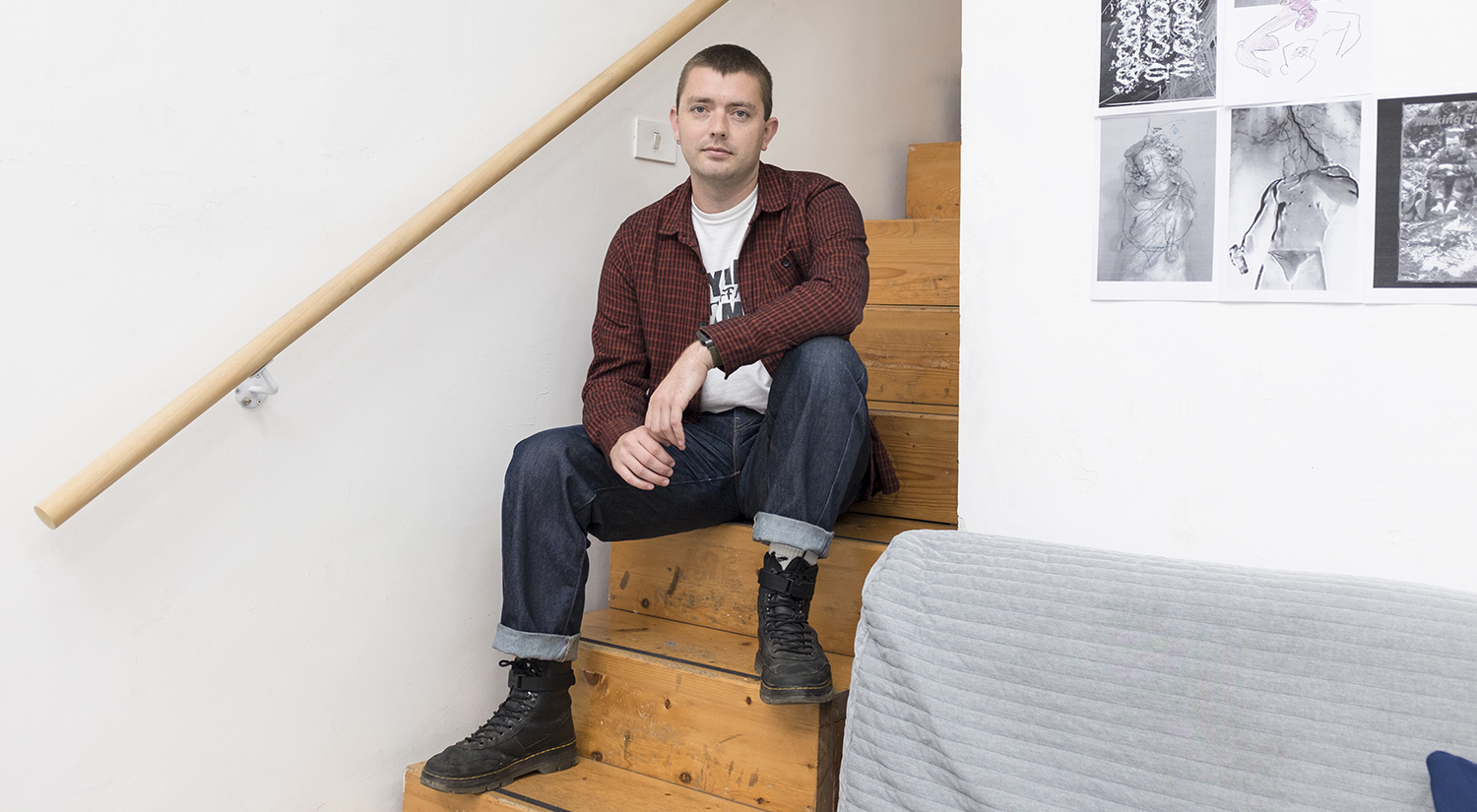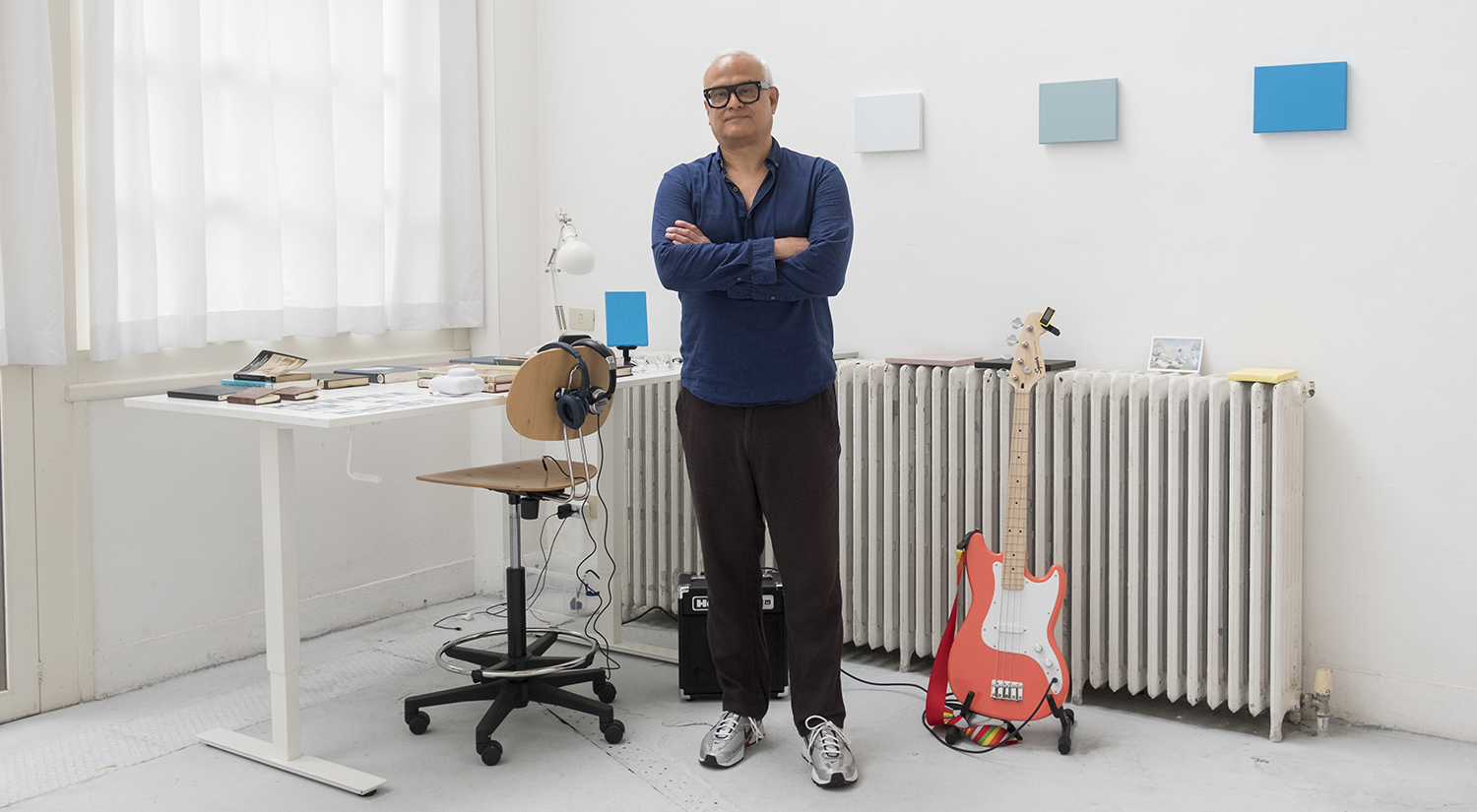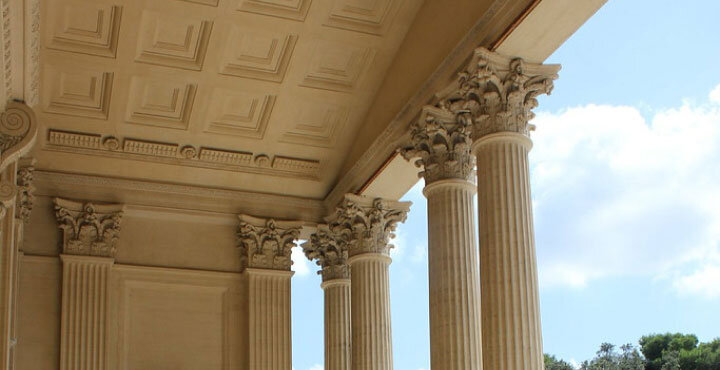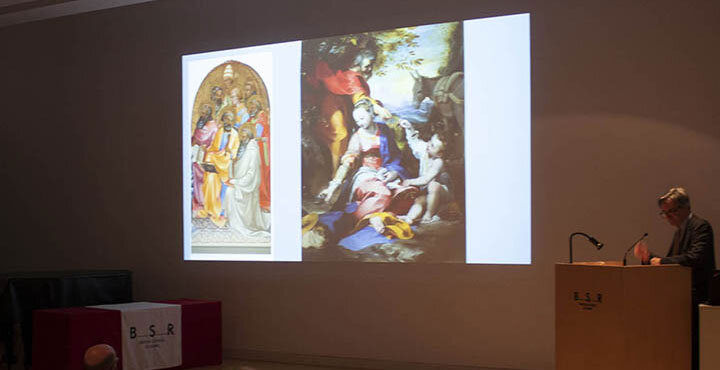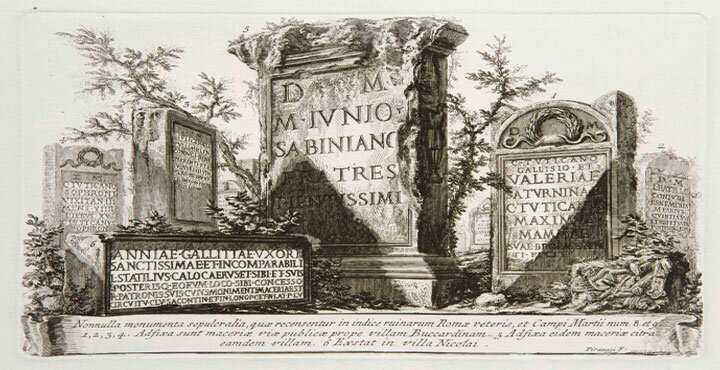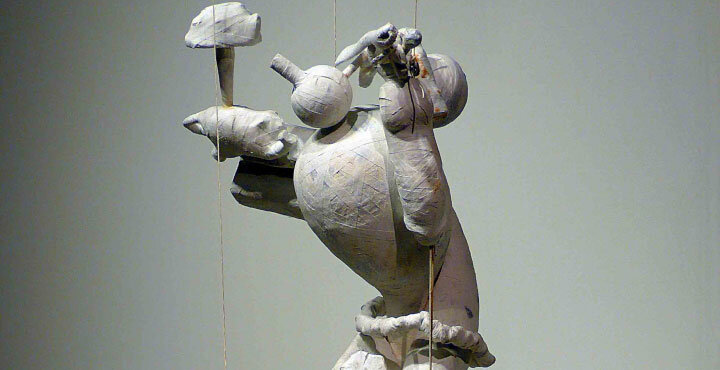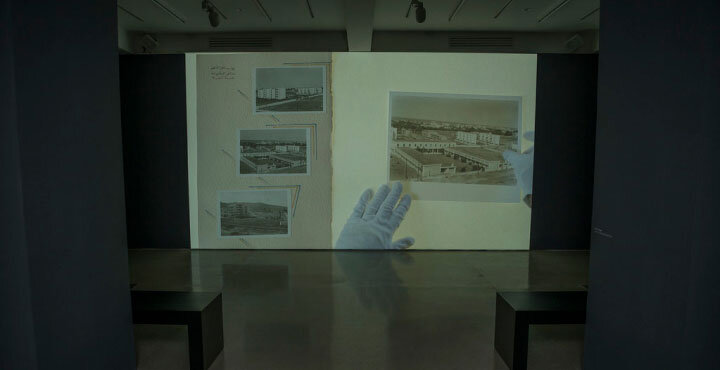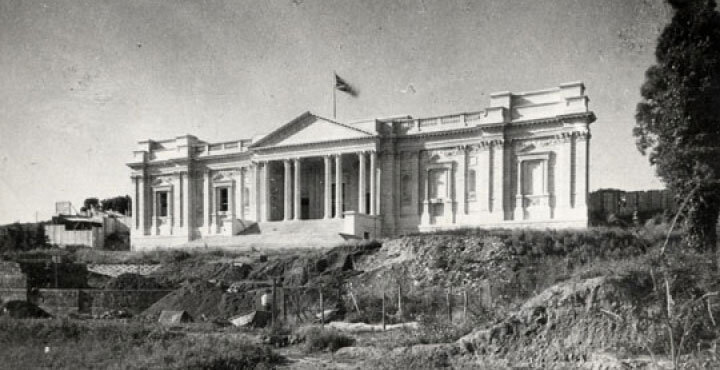Jelena Telecki, National Art School, Sydney Resident, speaks about the work she has produced during her residency at the BSR ahead of the Summer Open Studios 2025.
I am a painter interested in representation and how it can articulate politics of personal and shared narratives. Informal and formal power dynamics, intimacy and violence, and how they have been historically and presently recognised and depicted have been central to my practice and research. My process is informed by traditional and experimental approach to painting, tracing connections between historical and contemporary art, while also considering the importance of wider, socio-economic and geo-political contexts and how change and continuity can be recognised and articulated using the language of visual representation.
In my recent series of paintings titled ‘Mothers, Fathers’, I drew from representations of art patrons I saw during my brief visit to Rome in 2022. My key rationale for undertaking the residency at British School at Rome (BSR) was informed by the potential of this series to be expanded via more focused research of patron/artist dyads and how (or if) ever evolving socio-economic and geo-political landscapes impact the role and influence of art patrons and the way they were depicted both historically and presently.

Soon after my arrival at the BSR, I became particularly interested in the turbulent religious and political period of the late 18th century Rome, and how was art patronage of Pope Pius VI deployed to project power and exert the influence of the church. Importantly, that research led me to discover the work of Luigi Valadier, a Roman artist who lived and worked in the vicinity of the BSR.
Initially I focused my research on the artist/patron dyad between Valadier and Pius Vi. As I followed that path I became increasingly interested in the literary anecdotes regarding Pius VI, and the tragic death of the artist, Luigi. In his book on Pius’ patronage (‘Papacy and Politics’, 2004), Jeffrey Collins notes the observation of a Scottish physician praising Pius’ display of his “fine figure at official appearances”, and the subsequent Pasquino note left by an outraged Roman after pope’s intentional showing of a “well-turned ankle”: “Rome, look at Pius! Hardly. Look at the clown, delighting in his hair, delighting in his leg!”. Several paintings trace this Roman gossip and Pope’s vanity and love of finer things.

Luigi Valadier’s ornate commissioned objects, and immaculate preparatory drawings provide us with the vision of an artist focused on his craft and appreciation of drawing. To better understand the nature of these works and the visual language of the period, I made Lacrime; a series of vertical, smaller paintings that examine the desirability held for such pieces by the rich and powerful patrons of Valadier, and its relationship to the tragic ending of the artist who, after feeling the destructive pressures arising from debts that accumulated as a result of unpaid commissions and the moneys borrowed for their production, committed suicide by drowning himself in Tiber.

The development of this series of paintings, and the focussed period of in-depth research would not be possible without the BSR residency and the opportunity to come physically and metaphysically closer to Valadier in Rome.
An important aspect of my being in Rome, and at the BSR, is that it made possible a significant deepening of my ongoing collaboration with Athens/Rome based Australian artist, and scholar Andrew Hazewinkel who was Australia Council for the Arts artist in Residence at the BSR in 2006, and who has since maintained a close relationship with the BSR. His relevant expert knowledge on the sculptural casting processes, commissioning, portrait busts and the collection building histories of Rome (as well as his relationships with the contemporary roman art and gallery world) proved invaluable throughout this research. Hazewinkel’s multifaceted practice is characterised as a melding of activities in the expanded field of lens-based practice, sculptural processes (typically casting), photo-archive research, and museum collection engagements. Playing with paradox and enigma his works explore tensions between monumentality and ephemerality, and between the broken stone and bronze bodies of remote pasts and our own soft evanescent bodies. His compelling works address the emotional, cultural, and institutional concerns associated with the contemporary social afterlife of ancient objects, stories and archetypes with a special interest in how the very materiality of objects shape human remembering.
In recent bodies of work, he has deployed a reimagined version the ancient tradition of casting metal objects in the earth. At times (where more practical) he excavates geological material from project-related sites and then works with this material to cast with in his studio. As a part of the most recent iteration of our ongoing collaboration For Luigi, Hazewinkel is making a collection of honorific objects as an artist-to-artist gesture to Luigi Valadier, that are based on Valadier’s commissions, including the final, and arguably most important commission, from Pius Vi – Il Campanone.
Hazewinkel and I excavated 40 kgs of sand and silt from the banks of the Tiber (not far from the Porto di Ripa Grande) that he will use in sandcasting a silent lead bell. In his materially site-specific process of sandcasting, geological material (including ground glass fragments and other finely eroded more contemporary materials) from the river that Luigi ended his life in, will remain caught up in the surfaces and volumes of the silent bell.



